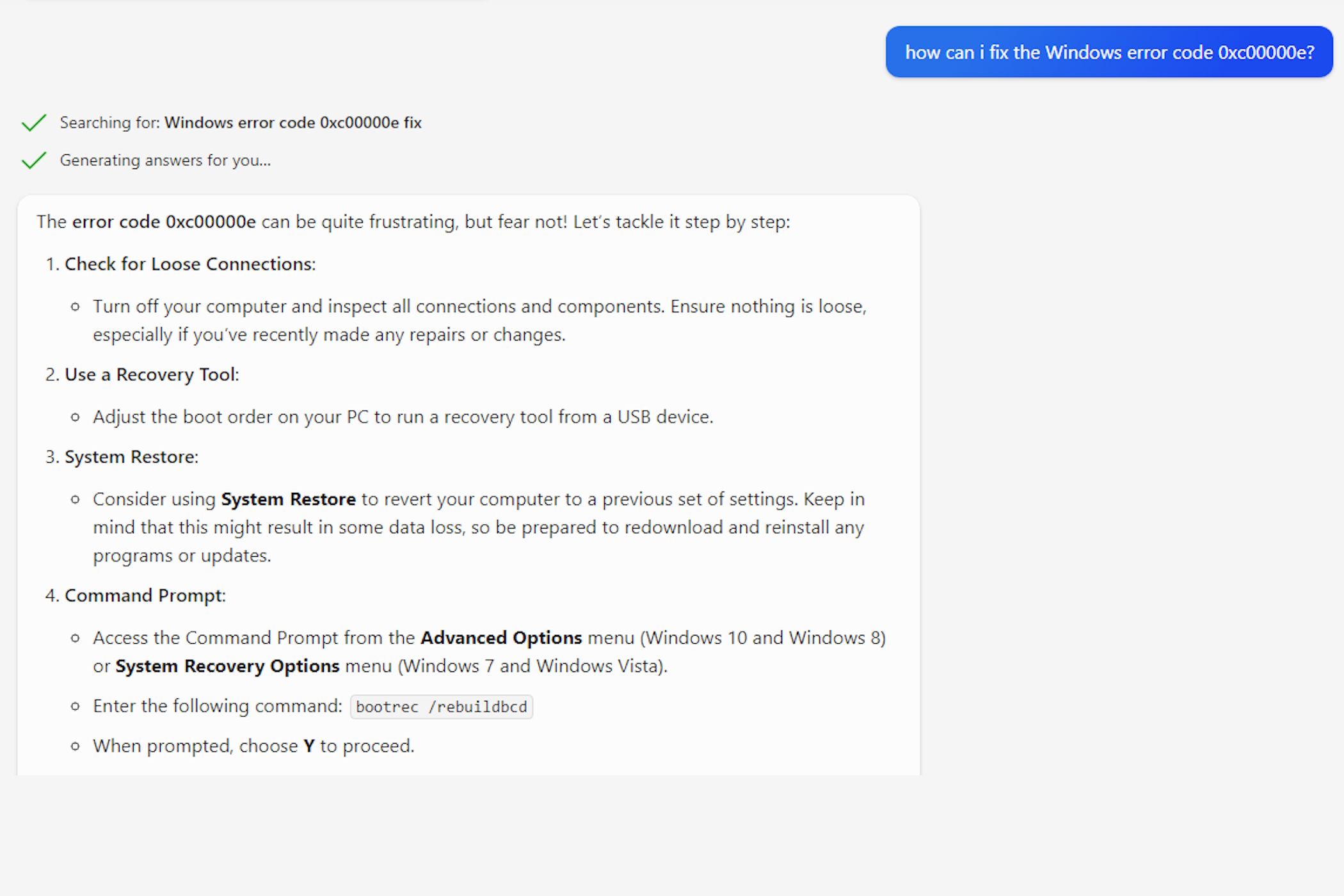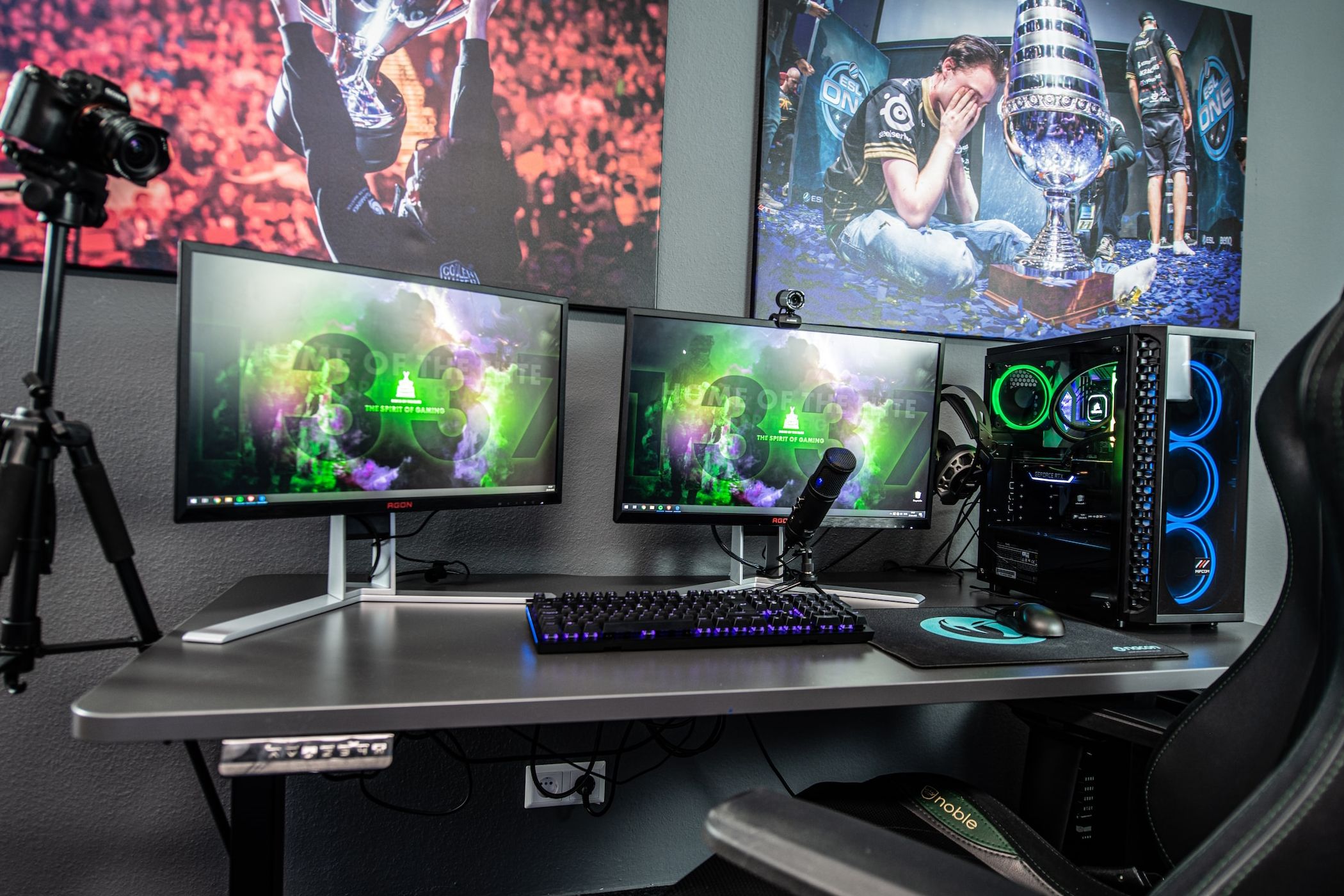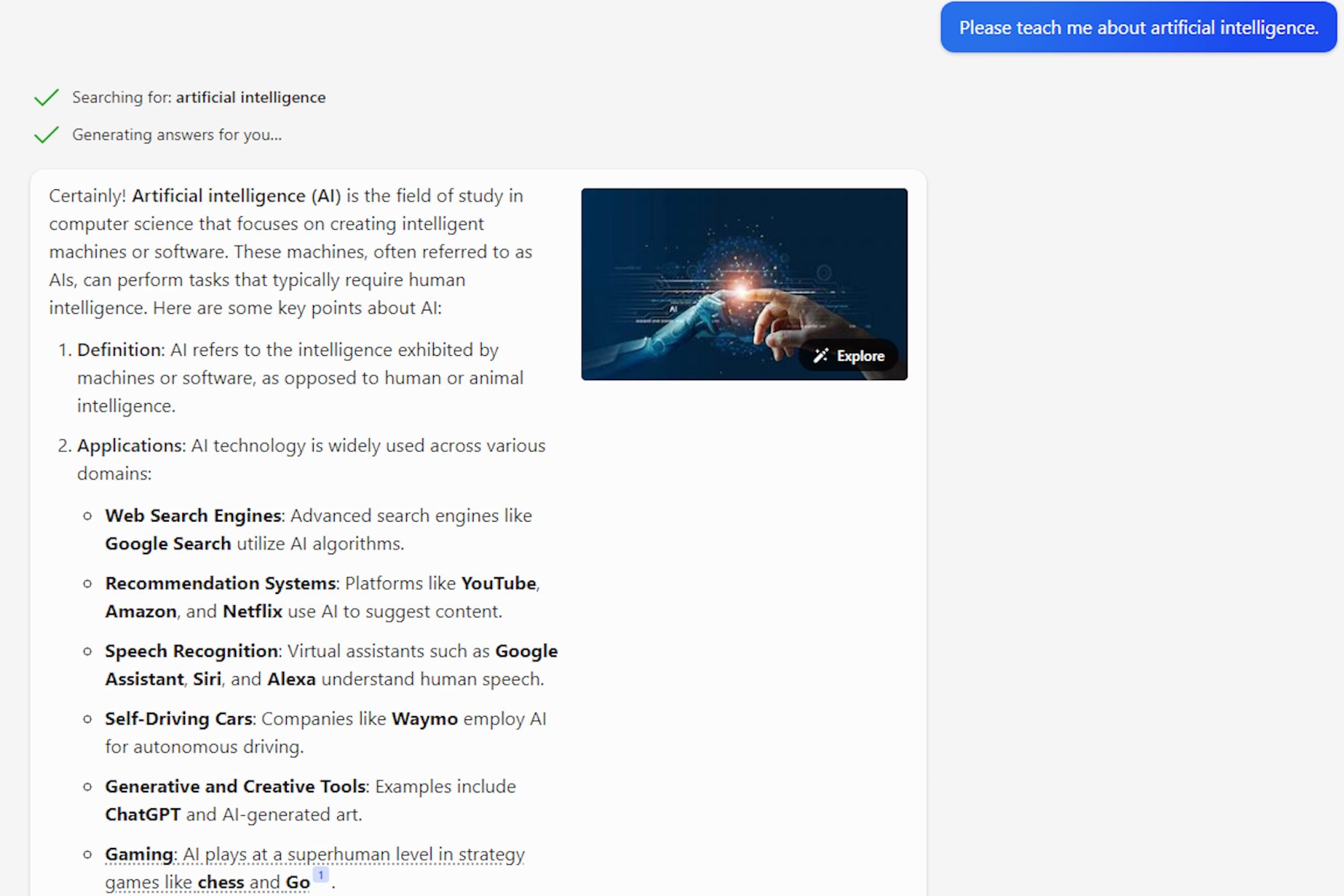Key Takeaways
- Copilot should provide troubleshooting assistance and access to internet-based tips to help users resolve Windows issues more effectively.
- Copilot should be able to adjust the operating system settings based on users’ activities, such as optimizing for gaming or disabling screen effects while using an image editor.
- Copilot needs to improve its functionality to handle common Windows instructions and perform tasks like opening third-party apps or sending messages, making it feel more like an AI-powered assistant.
Remember Cortana? No, not Master Chief’s assistant in Halo. The digital assistant on Windows. When she was released on Windows, mobile devices, and even Xbox devices, she was touted as the perfect assistant to help you achieve your goals faster and more efficiently. And if you’re anyone like me, you tried out Cortana for a bit, got bored, and disabled her.
Now, Cortana has been superseded by Microsoft’s newest AI-powered pet project, Copilot. Microsoft has focused a lot of effort on Copilot recently, from bringing the tool to Windows 10 to shuffling the icon around the Windows 11 taskbar to try to find its perfect home. But I’m worried that Copilot will just become “Cortana 2.0,” so I want to see Microsoft improve Copilot in these four areas to prevent people from hiding it the second they buy a new Windows PC.
6 Copilot should help troubleshoot your Windows issues
A second pair of eyes on your problems
5 
When was the last time Windows Troubleshooter helped you? I remember it coming to my aid once or twice, but otherwise, it doesn’t help much. With Copilot, you’d have an entire internet worth of troubleshooting tips at hand.
Is your PC running slowly? Ask Copilot, and it can check the internet for potential causes. Did your computer just blue screen? After you sign back in, Copilot can check the crash dump logs and tell you what caused it. Given Copilot’s connection to the internet, it could become a valuable asset for getting your PC back up and running.
4 Copilot should adjust your operating system as you use it
No more changing settings yourself
Given how Copilot can open apps and enable system settings, it clearly has some control over the operating system. However, for Copilot to truly be an “AI assistant,” it should know what you’re doing and adjust your computer to suit your needs better.
If you’re booting up a game on a gaming PC, Copilot should be able to detect this, disable system notifications, and adjust your hardware settings to high-performance mode. If you open an image editor, Copilot can immediately disable any screen effects that may alter the colors you see, such as Night Light. Perhaps it could even play music that suits whatever you’re doing.
However, I’m certain that if this feature gets implemented, there would be a lot of concern about privacy. If Copilot is actively watching what I’m doing on my PC, what else could it be monitoring? Either way, it would elevate Copilot beyond a simple chatbot and make it the AI assistant Microsoft wants it to be.
3 Copilot needs to handle common Windows instructions
Making Copilot an actual assistant
Have you tried using Copilot to control your computer? If you have Copilot enabled, go ahead and try asking it to do some basic tasks, like opening a third-party app or turning the volume down. You’ll discover that Copilot is actually very limited in what it can open or change on your PC, which some may argue makes it worse than Cortana in this department.
So, what can Copilot do with your PC? You can tell it to open Windows-based apps, enable or disable Dark Mode, start up a Focus Session, mute your audio, and… that’s about it. If you want to do anything more complex, Copilot will instead search online for the answer and tell you how to do it yourself. It doesn’t really feel like an assistant.
Now imagine you can open Copilot and ask it, “Please open WhatsApp and tell Bill Jones that I can’t make it on Friday.” Copilot then opens up WhatsApp, opens up Bill Jones’ messages, and drafts a basic message saying you can’t make it on Friday. It lets you read the message, correct any oddities, and send it off. That would feel more like an AI-powered assistant to me.
2
1 Copilot needs to understand your needs and respond accurately
The metric on which all AI models live or die
Above all, Copilot needs to actually be helpful and give useful replies when asked. If it struggles to pick up what the user is trying to say or spits out the wrong information, Copilot will find itself hidden from the taskbar in no time. All AI models need to achieve this. If I’d rather take my query to Google than ask the AI model, then there’s not a lot of reason for the AI to exist in the first place.
Fortunately, Microsoft does seem to understand this. It recently announced that Copilot will run off of GPT-4 Turbo and claims that people will perceive it as more intelligent than GPT-4. However, Copilot must understand and adapt to what users type into it. If you’re trying to get Copilot to do one thing but it misreads your prompt, it can get frustrating very quickly.
Copilot has a long way to go
These requests may seem ambitious for what’s currently not much more than an AI chatbot. Still, I believe that if Microsoft wants Copilot to take off, it needs to act more like an AI assistant and less like a glorified version of Cortana. Only then will people use it in their everyday lives instead of hiding it from their taskbar on day one.
[ad_2]






